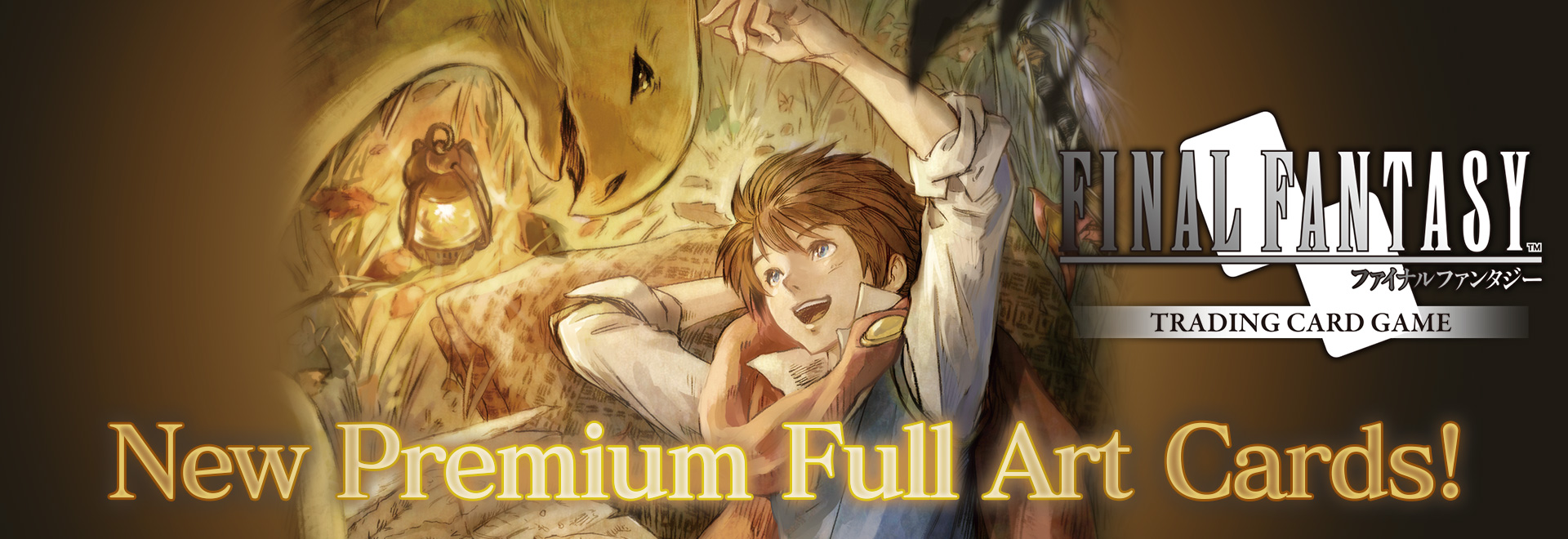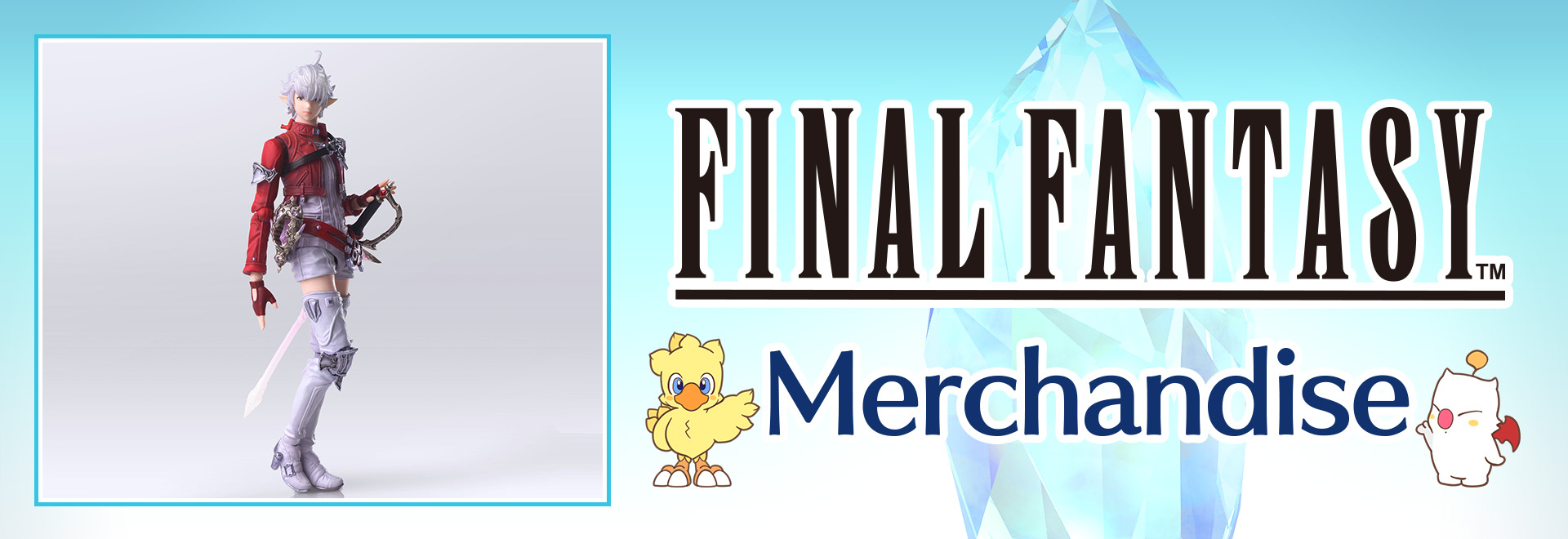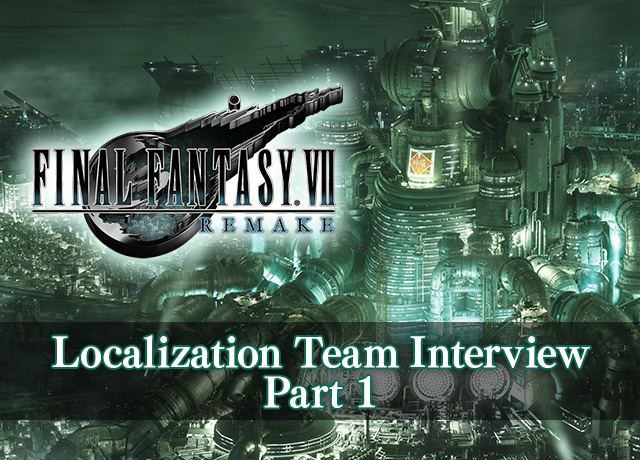
Today, September 30, is International Translation Day!
FINAL FANTASY VII REMAKE may be a Japanese RPG, but that's not the only language it was released in! We caught up with some members of the team that helped localize the game—including a localization project manager and English, French, and German translators. Today we bring you part one, where we discuss FFVIIR's overall localization process, and the team discusses what went into tailoring the game for world-wide audiences.
Interviewees:
- Ben Sabin (English Translator)
- Laurent Sautière (French Translator)
- Diana Kawamata (German Translator)
- Noriko Ueda (Localization Project Manager)
● From what stage of the development process was the localization team involved in FFVII REMAKE? Can you also tell us what kind of personnel structure there was in the FFVIIR localization team?
Noriko Ueda (Localization Project Manager):
We were involved from 2015, the year when the first trailer of FINAL FANTASY VII REMAKE was announced. The localization team was split into in-house and outsource / freelance translators and localization project managers.
● Were there any unique challenges that arose due to this title being a remake?
Ben Sabin (English Translator):
Balancing fan expectations regarding the original translation with the fact that localization standards have evolved since the original, and certain aspects of the game have changed in this iteration anyway. Also, as each and every fan has their own ideal version of the translation, we had to come to grips with the fact that it would be impossible to please everyone, no matter what we did.
Laurent Sautière (French Translator):
It was a bit daunting, because FFVII has an extensive universe and is such a beloved game that we knew the expectations were very high. You have to try and find a good balance between staying true to the original and making some necessary changes.
Diana Kawamata (German Translator):
As this is a remake of a beloved title, we wanted to keep the essence of what players loved about the game, while also ensuring that our localization meets today's standards. This includes adjusting to how industry needs have changed over time—such as the inclusion of voice-over in multiple languages.
● On that note, what difficulties were presented in localizing a script that would eventually become spoken and acted, as opposed to just read by the player?
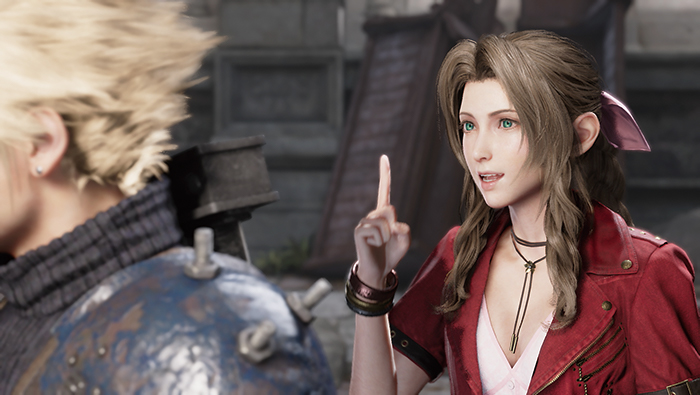
Sabin (English):
For many voiced scripts, we have a guideline that a target language's voice line must be within 0.2 seconds of the Japanese either short or long, so what you think might work best for a specific line cannot always be used because it would be much shorter or longer than the Japanese. Moreover, even if you do go over by less than 0.2s, you still have to be careful to check that by going over, that line doesn't run over the next voice line. For this project in particular, we had many characters recording simultaneously, and one character's lines for a certain scene were not always on the same hard drive as the character we were recording, so not only was it difficult to check such things, it was also difficult to confirm that each character's emotions played off each other well for that scene. There's also the difficulty of structuring lines to match the facial and body animations of each character. For example, if Aerith nods 3.5 seconds through a 4-second line, we wanted to have whatever word spoken when she did be slightly more stressed, and it had to be a word that someone would naturally stress that way. You have to check for consistency of tone throughout a scene as well. Sometimes you can think you got the perfect read for a specific line, but when you review it in the context of the whole scene, it sounds terrible. Finally, each actor also has their own speaking pace, which almost never matches the translator's speaking pace, so even if you think you did a perfect job making a line fit the voice file length, it might have to be reworked when the character actually speaks that line in the studio. In summation, there's a ton more stuff you have to think about when a title is voiced.
Sautière (French):
Translating a video game Japanese voice script into a French voice script is a very difficult task. More often than not, the cutscenes are still a work in progress when you do the French translation and/or the French voice recordings. This means that a lot of things can change or are simply non-existent yet, including but not limited to the context, the gestures, and most importantly the animation of the lips. Not only do you have to match very strict timings for the beginning and the end of each spoken line, but in the case of the French version (as opposed to the English version that benefits from lip-synch adapted to the recorded English voices), you have to try and match Japanese lips that are often not even visible yet. You also have to take into account that Japanese voice actors tend to use a lot of pregnant pauses between words for dramatic effect, which would seem very unnatural in French. So in a lot of cases, when the Japanese version has for example one sentence with two pauses, we would rather make three short sentences in French, or try to find a sentence that wouldn't feel too weird with such pauses if the spoken words are too short to be translated into separate sentences.
Kawamata (German):
For us, the biggest challenge was that the lines had to be matched to the length and pauses in the Japanese. Since Japanese and German grammar and speech patterns differ greatly, that meant we sometimes had to be very creative with our wording in order to make lines sound natural, given the above restriction.
● Was there anything else that made FINAL FANTASY VII REMAKE different from other localization projects?
Sabin (English):
The quality of cutscenes we had for the recording sessions, as well as the ability to check on many of them in-game during translation made it much easier to tune the lines so they matched everything as best we could. It was also nice to see almost every actor come into the studio and be hyped for their role. This game means so much to so many people, and everyone from the programmers to actors truly were excited and always ready to give it their all. I'm not sure I'll ever see that level of excitement from so many different people again.
Sautière (French):
The schedule was very tight, so we had to allocate a lot of staff to the project and multitask a lot to meet our deadlines. We usually have 2 or 3 translators per language on projects of this scale, but for this one, we had up to 6 at the same time, which made it very difficult to be consistent. Sometimes one little change in the Japanese version would translate into bigger changes in several French lines, and due to schedule constraints, we had a limit to the number of lines we could rerecord, so we had to make some drastic choices.
Kawamata (German):
I found having German voices implemented into the game to be unique for me, as this was the first fully-voiced project I got to work on.
● FFVII REMAKE’s world has a lot of unique terminology. What approach did the localization team take in tackling that aspect of the game?
Kawamata (German):
We wanted to keep as many original terms from the FFVII compilation–including titles like Crisis Core and Advent Children–as possible. That said, we also had to make sure they still worked in the context of this game--including the updated battle system. We used legacy terminology as a baseline, and then modified the terms we felt no longer fit the new context.
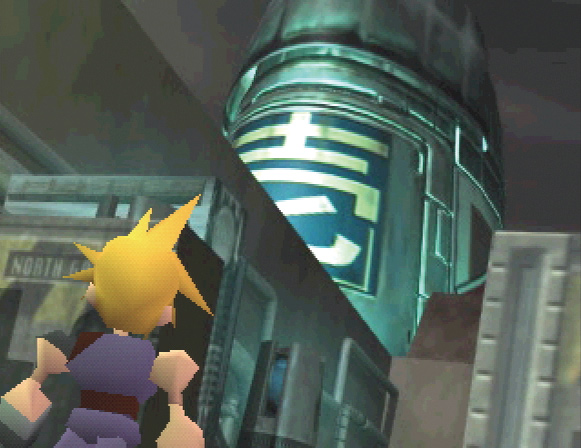
● Surely the FFVIIR localization team also used the latest translation tools and techniques. Can you give any examples of how changes in localization culture over the last several years played into the FFVIIR project?
Sabin (English):
Way back when, it used to be that a translator somewhere was given the text files for a game and just told to dig in. Nowadays, many of the titles we translate are done by people in-house who often sit near the writers and programmers. This not only allows for a freer flow of information between translators and developers, but also gives us an opportunity to be more involved in the project as a whole. For example, multiple songs were only sung in English, and we were often tasked with taking lyrics the director had written and turning them into English (complete with a line-by-line explanation of our choices). I also remember cooperating with the developers to help standardize location names between the Japanese and English versions of the game. Even if we ended up using different terminology, at least all parties involved knew where the other was coming from. I don't think that level of collaboration was possible when games were first being translated.
Sautière (French):
20 years ago, we had to work with simple text files that were often organized in an inconvenient order, so we had to puzzle a lot of things out. Nowadays, although things aren't perfect yet and we still sometimes have to try and find what goes where (but such is the nature of video game development), we have internal localization tools with powerful search functions and other conveniences that make things way easier.
Ueda (LPM):
Whereas games were often localized after everything was complete in Japanese, many are now localized while development is ongoing so all versions can be released simultaneously. As is the nature of game development, myriad instances of the Japanese source text can change drastically throughout the development process, and keeping up with the vast amount of changes while still making sure to hit the release date is no small feat.
One thing that helped for this game was our use of the translation file management tool Byblos, developed by the Localization Division. Its tracking features enabled us to stay updated on both the many changes made to the Japanese text and the progress each language was making.
Thank you for your time today!
Next week, don’t miss part two of our FFVII REMAKE localization team interview, in which we delve into even more details such as specific lines, character names, and more!
FINAL FANTASY VII REMAKE Localization Team Interview! Part 2
Special Interview: Digging Deep into the World of FFVII REMAKE! Part 1
Special Interview: Digging Deep into the World of FFVII REMAKE! Part 2
FINAL FANTASY VII REMAKE wallpapers available now!

Get wallpapers featuring characters from FFVII REMAKE!
Distributing now on the FF Portal App.
・Wallpaper: Cloud
・Wallpaper: Aerith
・Wallpaper: Tifa
・Wallpaper: Barret
・Wallpaper: Sephiroth
・Wallpaper: Reno
・Wallpaper: Rude
Download the FINAL FANTASY Portal App here!



